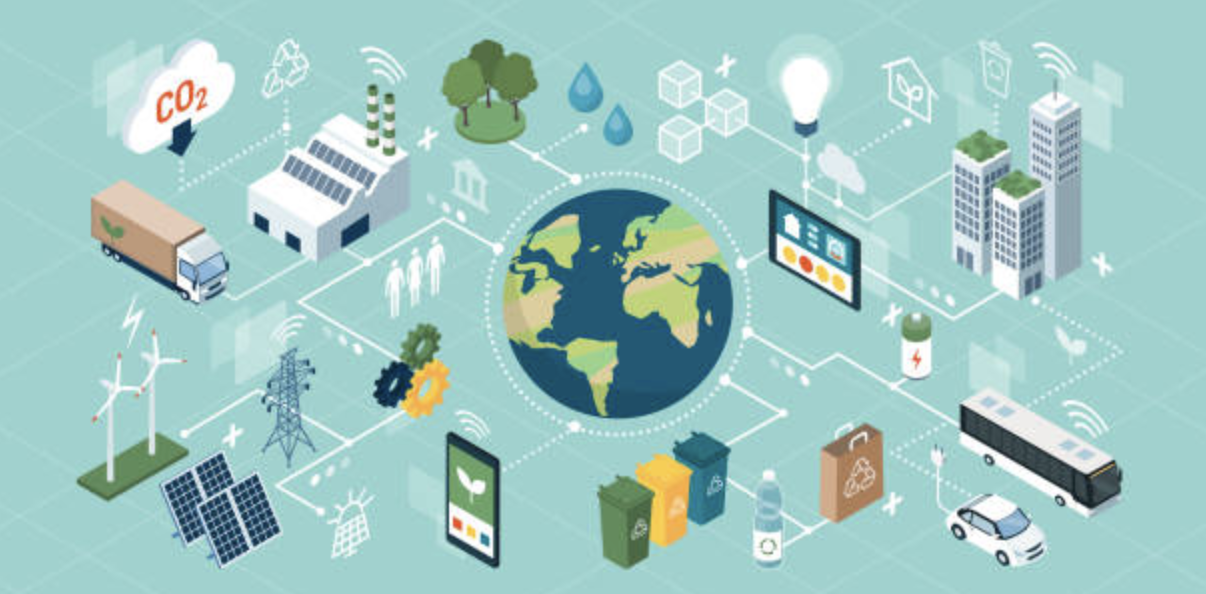Introduction
Since time immemorial, man has tried to improve the quality of life of his community. One is reminded of the drainage system of the Indus Valley Civilization as the earliest representations. Smart City is the latest concept in this long history of attempts on this.
A Smart City is a civic area that leverages Information and Communication Technology ( ICT ) to improve operational efficiency and living standards of its citizens. While the exact definition varies, the main mission of a smart city is to optimize city functions and drive economic growth.
Features of Smart Cities
How much a city is smart is determined by several factors, such as:
- A technology-based infrastructure
- Environmental initiatives
- A high functioning public transportation system
- A confident sense of urban planning
- Ease and ability of people to live and work within the city to utilize its resources
Some prominent smart cities
- Barcelona, Spain
- Columbus Ohio, USA
- Dubai, United Arab Emirates
- Hong Kong, China
- Kansas City, Missouri, USA
- London, England
- Melbourne, Australia
- New York City, New York, USA
- Reykjavik, Iceland
- San Diego, California, USA
- Singapore
- Tokyo, Japan
- Toronto, Canada
- Vienna, Austria
Technologies Involved
Smart Cities use a combination of technologies of IoT devices, software solutions, user interfaces and communication networks. IoT devices such as vehicles, sensors and home appliances communicate and exchange data over the internet. Data collected by IoT sensors and devices is stored in cloud or on servers. The connection of these devices and the use of data analytics creates the union of the physical and digital elements, which can be leveraged to improve life in the city.
IoT devices usually have some processing ability called edge computing. This way easy local requests can be completed there and then itself rather than communicate everything over the Internet. Firewalls are also installed over computing networks for protection, monitoring and control of network traffic.
Some other important smart city technologies used are:
- Application programming interfaces (APIs)
- Artificial intelligence (AI)
- Dashboards
- Machine learning (ML)
- Machine to machine communications (M2M)
- Mesh network
Examples of Smart Features
- Smart Parking: In a parking area, there can be a smart parking meter, which can direct drivers to unoccupied spaces without prolonged circling of the area. It can also transact in digital payments and thus eliminate shortage-of-change problems
- Transportation: Traffic flows can be monitored and faster routes can be suggested. Smart public transit is also an application. Services can be coordinated so that riders’ needs can be fulfilled in real-time. Ride-sharing and bike-sharing can also be implemented
- Energy: Using smart sensors and lighting, energy can be conserved when pedestrians are not present. With a smart power grid, sectors can be allocated power as needed.
- Sanitation and Water Supply: Internet-connected trash cans and IoT-enabled fleet management systems can be used for waste collection. Sensors can be used to measure water parameters and guarantee quality of drinking water at front end, with proper wastewater removal at the back end
- Public Safety: Crime-prone areas can be monitored with CCTV cameras. Early Warning Systems can be installed for droughts, floods and landslides
- Smart Buildings: Legacy infrastructures can be retro-fitted with sensors to inform about space usage and sturdiness of structure. Water leaks can also be detected.
Conclusion
The benefits of Smart Cities are immense. The connectedness and synergy created increases efficiency and effectiveness. Opponents to the idea voice concerns about data privacy and security. Additionally, the presence of sensors and cameras may be perceived as an invasion of privacy and enforcement of government surveillance. To address this, smart city data should be encrypted and anonymized. Presently though, the idea of Smart City seems to be catching on and seems to be the likely future for the coming generations.
Image Sourced from Freepik
